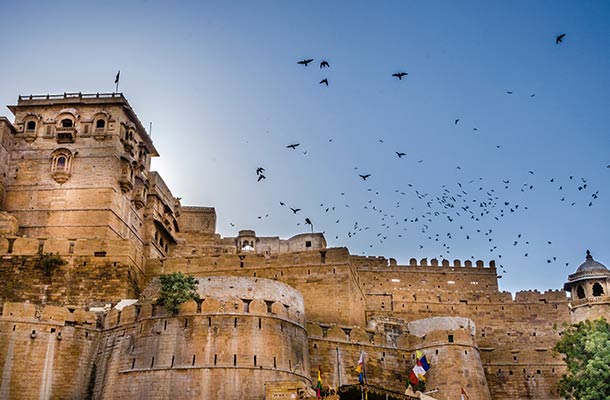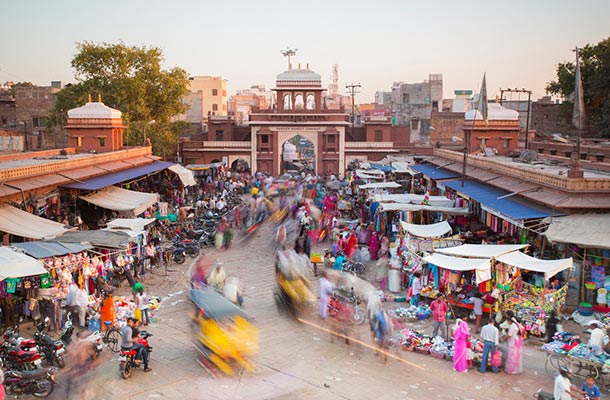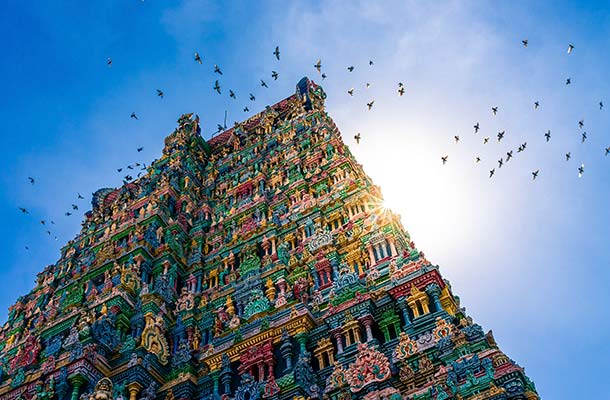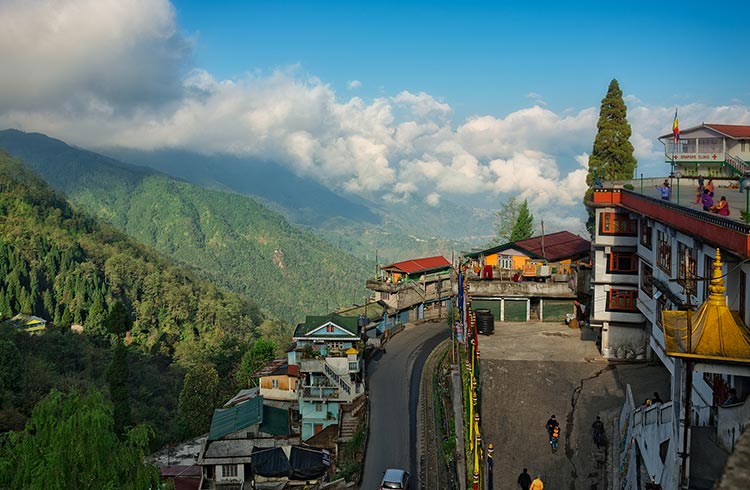How Tourism Conquered India's Jaisalmer Fort
Find out why you should not add Jaisalmer Fort to your itinerary, and why it is important to spread the word.
 Photo © iStock/MonicaNinker
Photo © iStock/MonicaNinker
Jaisalmer Fort, situated along the Thar desert in western Rajasthan, is one of India's most impressive historical monuments. The Fort, built in 1156 by the Rajput ruler Jaisala, rises out of Trikuta Hill and is surrounded by golden sandstone walls dotted with 99 bastions that radiate in the desert sunlight. Jaisalmer Fort is a living museum – claimed by some to be the oldest still-inhabited citadel in the world - with a palace, temples, hundreds of havelis, and over 1/4 of the old city's population – about 2500 people. The Fort is also one of the world's most endangered monuments.
Jaisalmer Fort is being destroyed, and the primary culprit is tourism. One of the most popular attractions in Rajasthan, the Fort has endured an explosion of hotels and restaurants along its narrow cobbled paths. These water-intensive businesses require the Fort's aging water system to pump 120 liters of water per person through its pipes – over 12 times its intended capacity. Exacerbated by poor building practices and overcrowding, these drainage issues are causing the Fort to literally sink into the hill, collapsing buildings, walls, and bastions in the process. Since 1993, over 250 historic buildings have fully or partially collapsed, including 3 of the 12-century bastions.
As a result of tourism's negative impact, nearly all guidebooks covering Jaisalmer strongly advise against staying within the Fort's walls, and some ask that travelers do not eat at the Fort restaurants either. But not all residents feel this boycotting approach is good for the local industry. Not surprisingly, all of the business owners I spoke with within the Fort adamantly protested against the guidebook advice, claiming that the Fort's condition is most certainly stable, and without tourism, their livelihoods are in jeopardy. Outside the Fort's walls, opinions were mixed – some agreeing that tourism should be controlled within, others more sympathetic to the struggling hotels inside the Fort.
As a responsible traveler, you have to make a choice – support the struggling local businesses who desperately need your rupees for survival, or support the ban on staying within the Fort's walls to help curb deterioration. I chose to stay outside the Fort, but after meeting a few locals impacted by the ban, I'm not sure what the most “responsible” choice really is.
For more information on saving Jaisalmer Fort, check out the very impressive accomplishments of the charity, Jaisalmer in Jeopardy.
About the Author
Ted’s journey into the travel and tourism industry started the summer after a two-month backpacking trip throughout Europe ignited a life-long passion for international travel. With a master’s degree in Tourism Development, Ted has focused his efforts on helping non-profit Sustainable Travel International promote responsible tourism across the globe as their Director of Outreach & Development. After working too hard for the past 5 years, he is on the road again, escaping the office for some field research… is the responsible travel movement taking seed across the globe, or not?
Heading to India? Download our FREE Insider’s Guide!
Related articles
Simple and flexible travel insurance
You can buy at home or while traveling, and claim online from anywhere in the world. With 150+ adventure activities covered and 24/7 emergency assistance.
Get a quote


No Comments